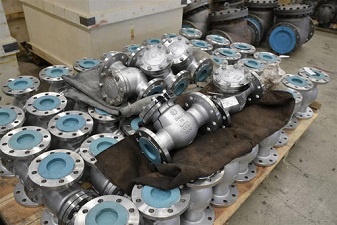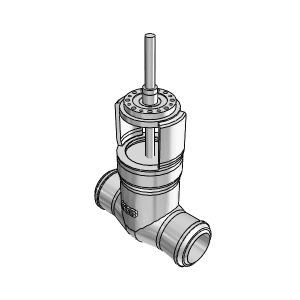How Does a Steam Trap Works?

Currently, there are many models of steam traps. Their mechanism is to use the differences of steam and condensate water in height, temperature, and flow rate to open or close steam traps through various devices in order to achieve the purpose of steam drainage.
It has three main energy-saving effects.
1. It can rapidly discharge the condensate water produced from inside the steam-using equipment, keep the heating efficiency of steam-using equipment optimal, prevent the condensate water inside the equipment from being retained, ensure the steam space inside the equipment to the maximum, which can always maintain highest heating efficiency. Once steam trap can’t fully function, due to retention of condensate water, not only the performance of steam-using equipment is greatly affected, but the production equipment sometimes is completely paralyzed.
2. It can rapidly discharge the air and low-temperature condensate water inside the equipment in order to shorten the preheating and operation period. When we start to supply steam, the steam supply pipeline and the steam-using equipment are filled with air inside, and if they are not discharged, the steam can’t be supplied.
In addition, during the process of temperature rise of steam supply pipeline and steam-using equipment to the temperature of steam, the low-temperature condensate water produced initially also needs to be rapidly discharged to make the equipment achieve normal operation within a short period of time. This is an important condition for improving production efficiency, especially on the occasion of intermittent production. As the preheating time is shortened, each operation time is shortened. As the number of processing is increased, the production can be eventually increased.
Previously, in preheating operation, we need to first open sanitary valves to discharge initial air and low-temperature condensate water. Now, due to the selection of appropriate steam traps, not only initial air and low-temperature condensate water can be automatically discharged, but manpower can be saved.
3. It can reduce the steam consumption of the steam trap itself. The so-called steam consumption of steam traps usually refers to steam leakage, which is the sum of the amount of steam needed for the action of steam traps and the amount of loss of heat.
Conclusion
Mechanical steam traps operate by gravity. Specifically, the difference between the water and steam causes a stainless steel float ball to rise and sink within the trap, which opens and closes the valve.





